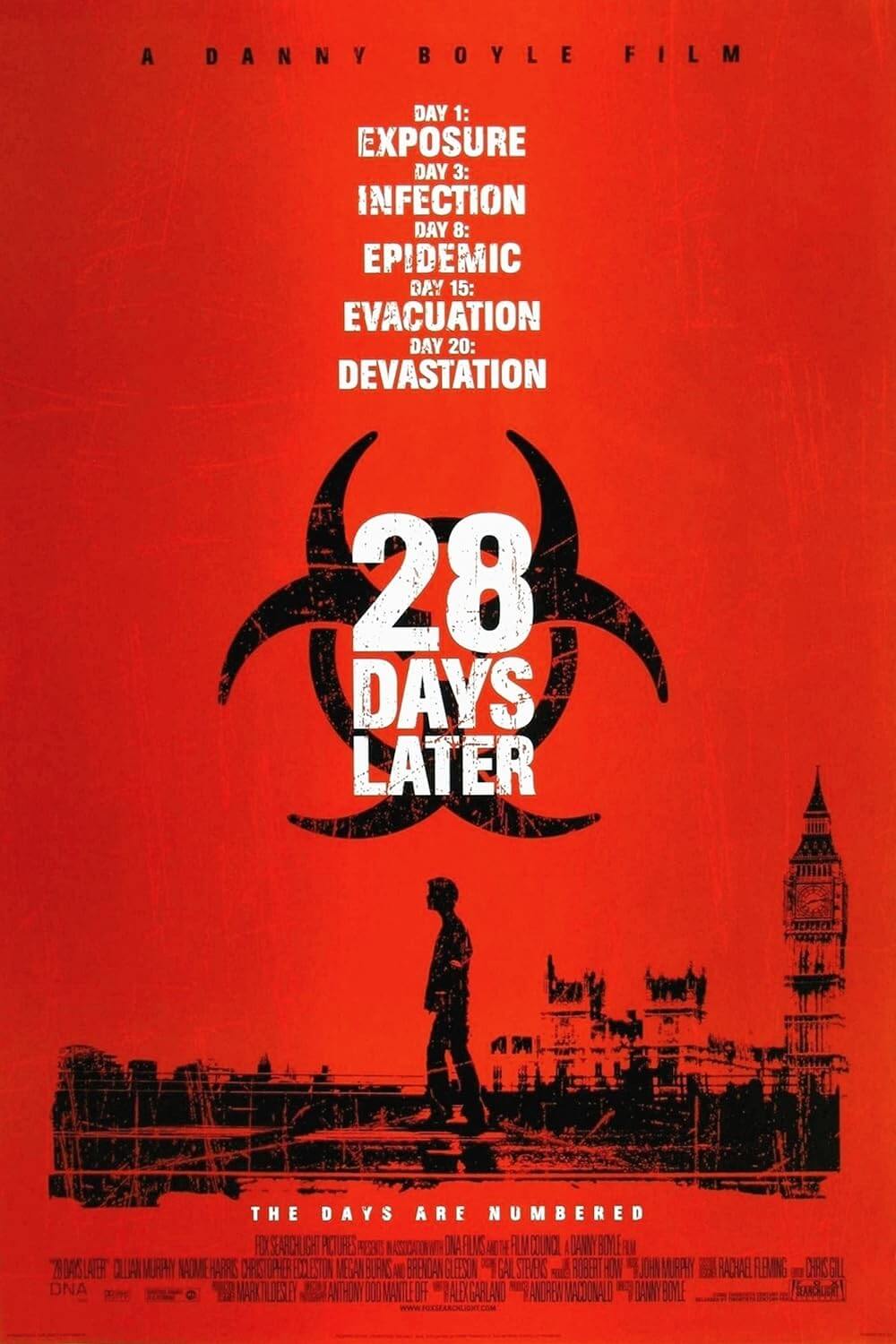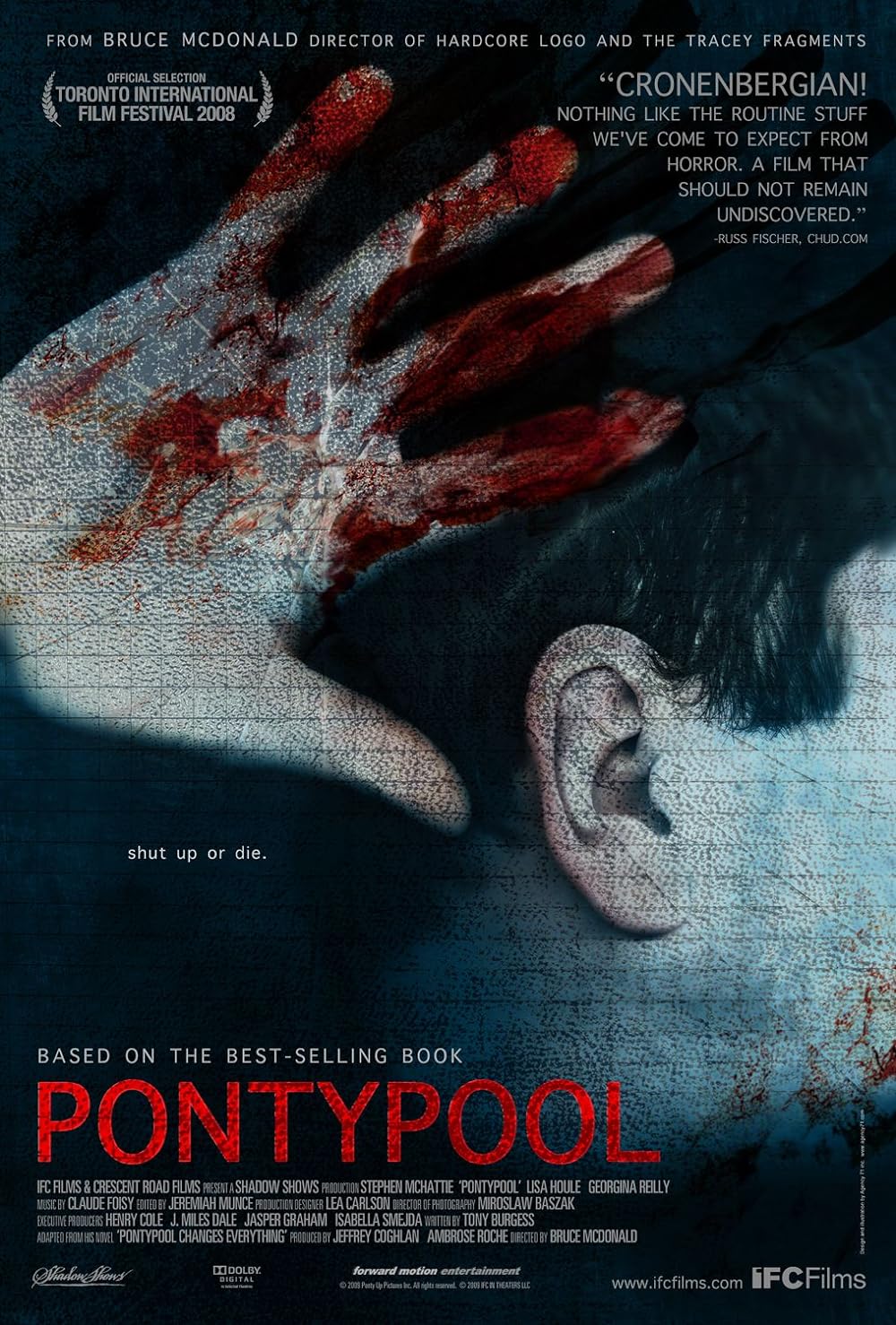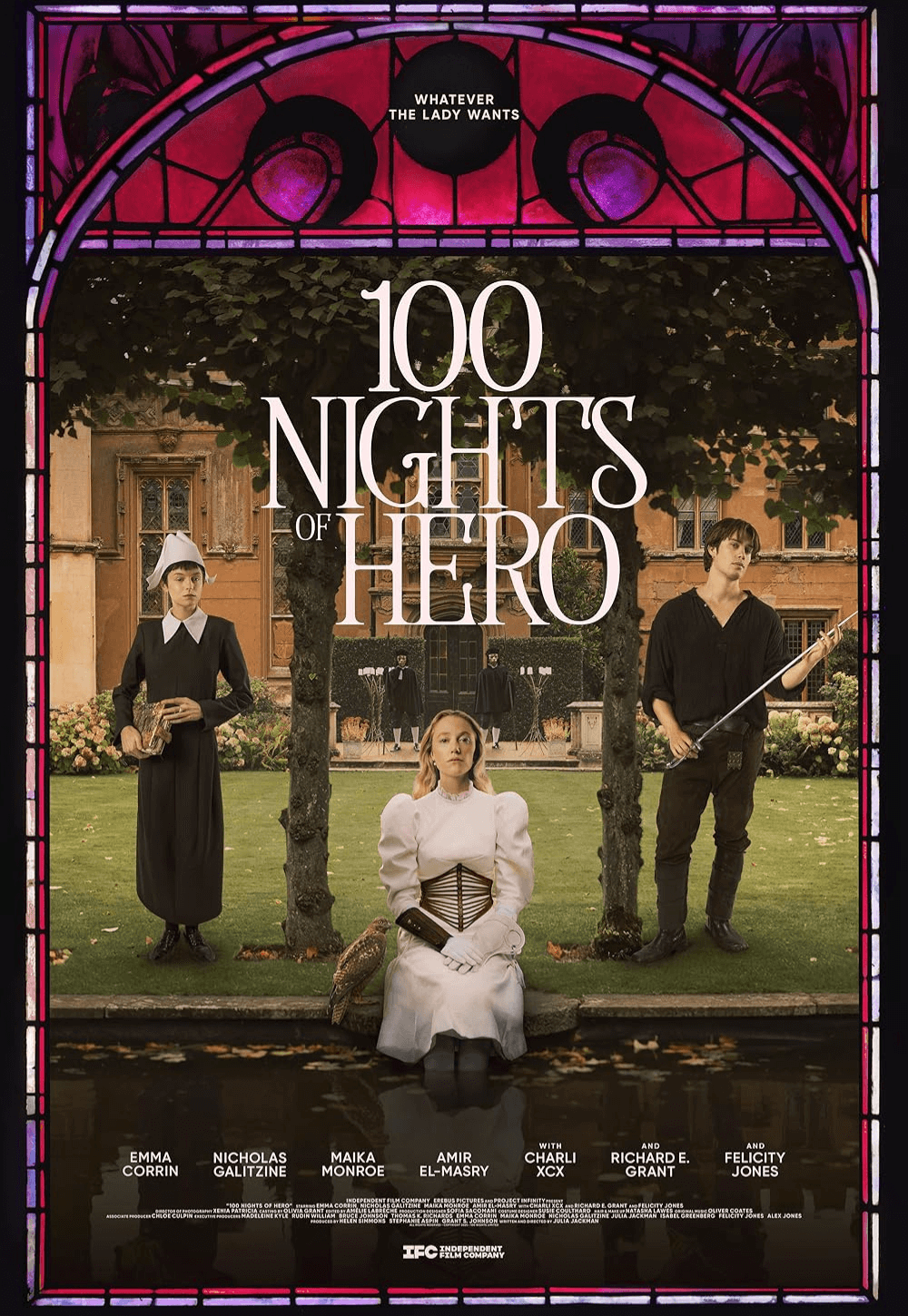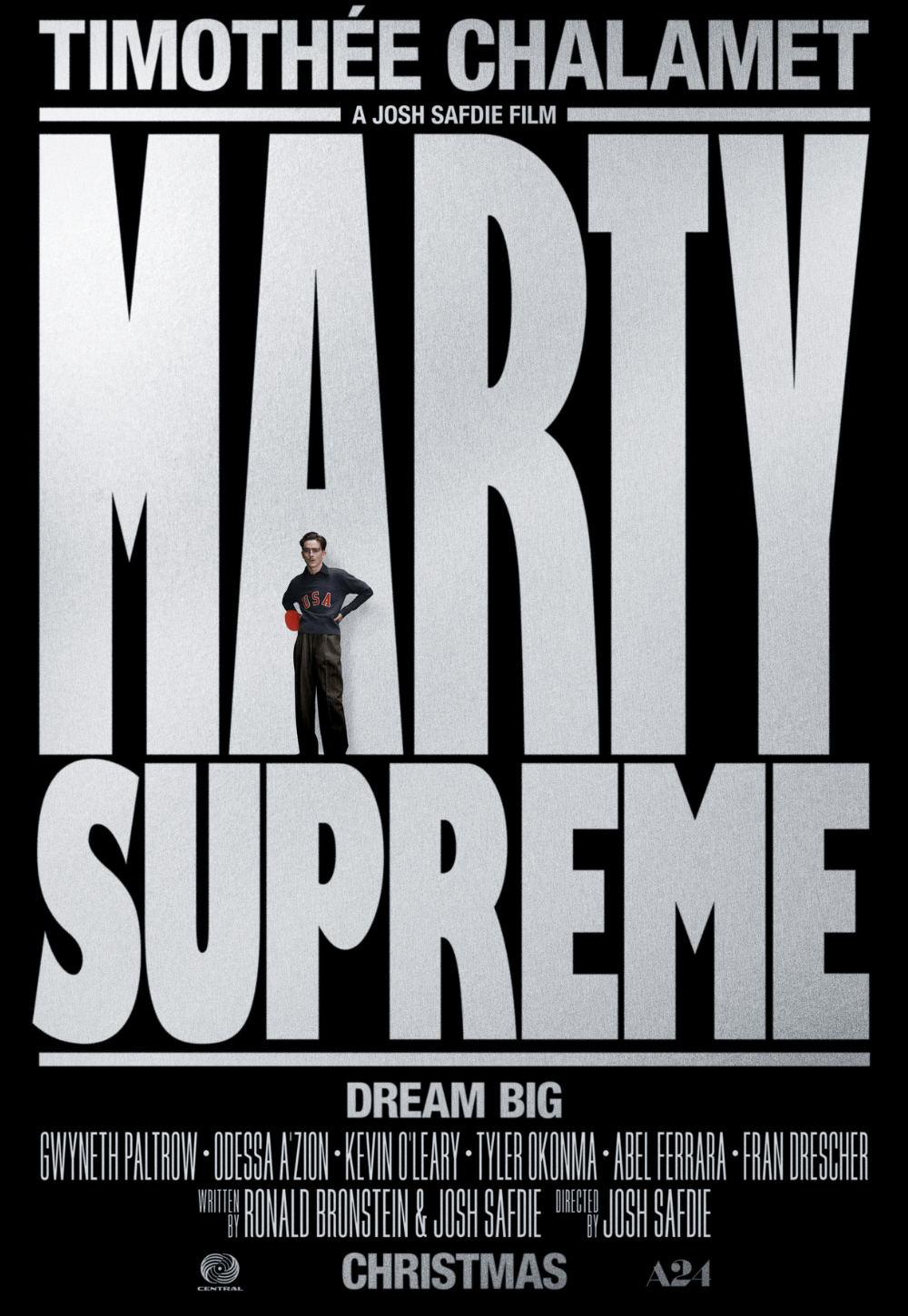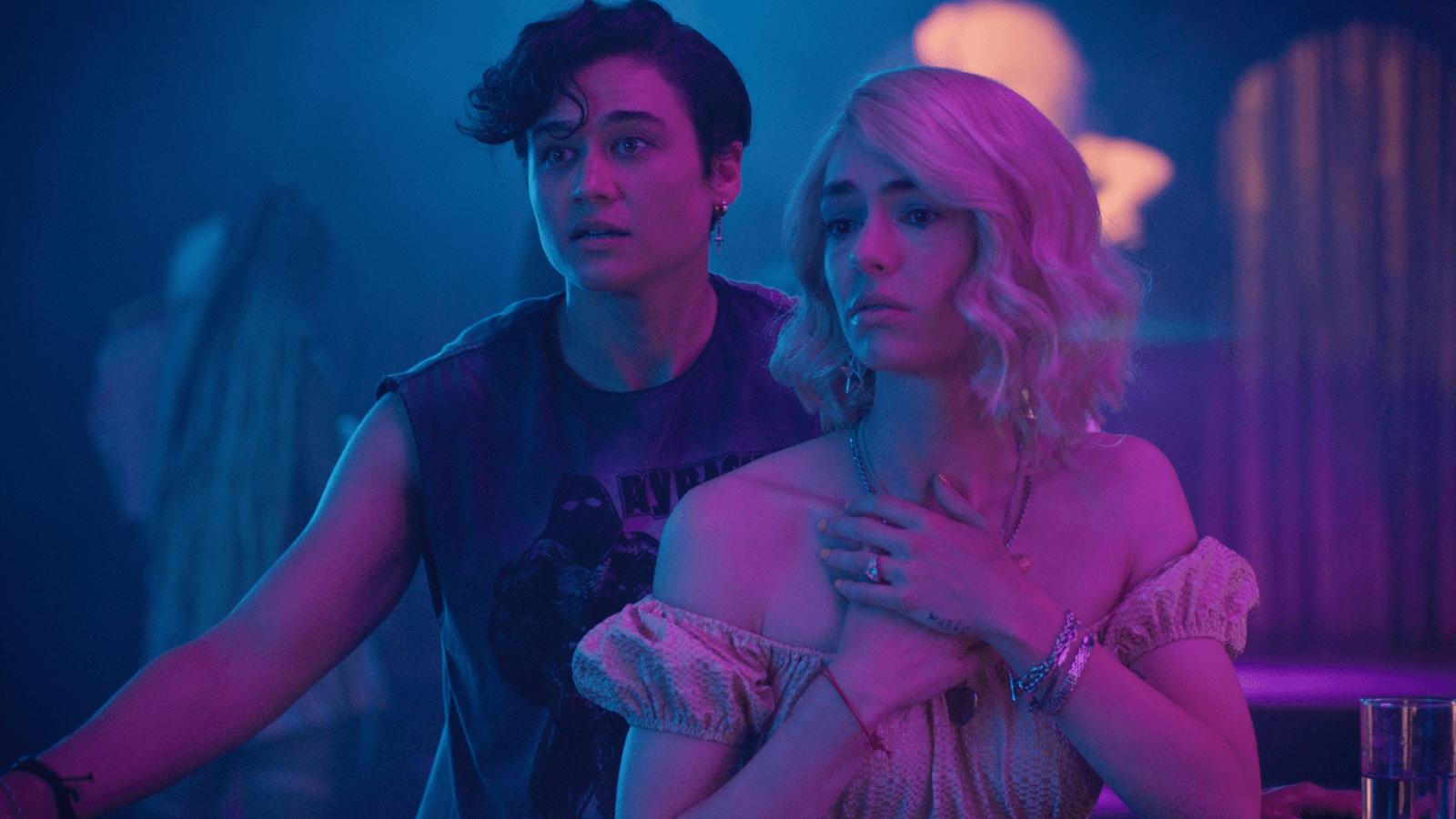
Queens of the Dead
By Brian Eggert |
“This is not a George Romero movie,” announces the Mayor, who’s played by Tom Savini, the makeup effects wizard who created some of the nastiest practical effects in horror cinema. No, this is a movie by Tina Romero, the daughter of George A. Romero, who is also the father of the zombie movie—from Night of the Living Dead (1968) to Land of the Dead (2005) and beyond. She continues her late father’s legacy with her feature debut, Queens of the Dead, a boldly queer and casually funny take on the flesh-eating hordes. Rather than merely replicating her father’s style, she offers a playful LGBTQ+ perspective, at once paying homage to his legacy and distinguishing herself. The glitzy and gruesome result plays mostly for laughs, with a few jump-scares and gory gross-outs along the way.
For over half a century, the zombie has been represented onscreen as a reanimated corpse. The maximalist versions appear with rotting flesh practically falling off their bones. The minimalist ones sometimes have nothing more than pale makeup and dark circles around their eyes. Some of them run, but the originals shuffled, staggering around like aimless drones hungry for fresh meat. The elder Romero dabbled in most of these variations, but Tina Romero’s approach most closely resembles his Dawn of the Dead (1979) with its ironic humor and blue-skinned undead consumers. In Queens of the Dead, the zombies, which result from a bad batch of opiates, look like Halloween costumes designed by a drag show artist, their skin glimmering with a blue-gray metallic sheen.
Like many of her father’s movies, the script by Romero and Erin Judge involves a group of people who hole up to survive the zombie apocalypse, but their proximity and clashing backgrounds prompt quarrelling. Instead of a farmhouse or military bunker, it’s a warehouse party in Brooklyn at a place called Yum, populated by drag queens, performers, and clubbers. Most of them bicker and throw shade at one another, but they’re also a community. Almost all of them are unprepared to fight the living dead, having only fought for the audience’s attention onstage. And most of them have other matters on their minds (relationships, performances, etc.), while the sauntering flesh-eaters remain an impetus for the story.
The movie’s ensemble centers on Sam (Jaquel Spivey), who gave up a popular stage persona after a crisis of self-doubt and now works as a nurse. When the diva headliner Yasmine (Dominique Jackson) cancels her appearance at Yum last-minute, Sam agrees to return to the stage. Meanwhile, the manager, Dre (Katy O’Brian), has even more headaches: a clogged toilet her plumber brother-in-law Barry (Quincy Dunn-Baker) is supposed to fix; her wife Lizzy (Riki Lindhome), who works with Sam, getting out of the hospital safely; the infighting between performers, particularly the sassy Nico (Tomás Matos) and mother hen Ginsey (Andrew “Nina West” Levitt). Soon, they will band together in hopes of escaping the city on a ferry.
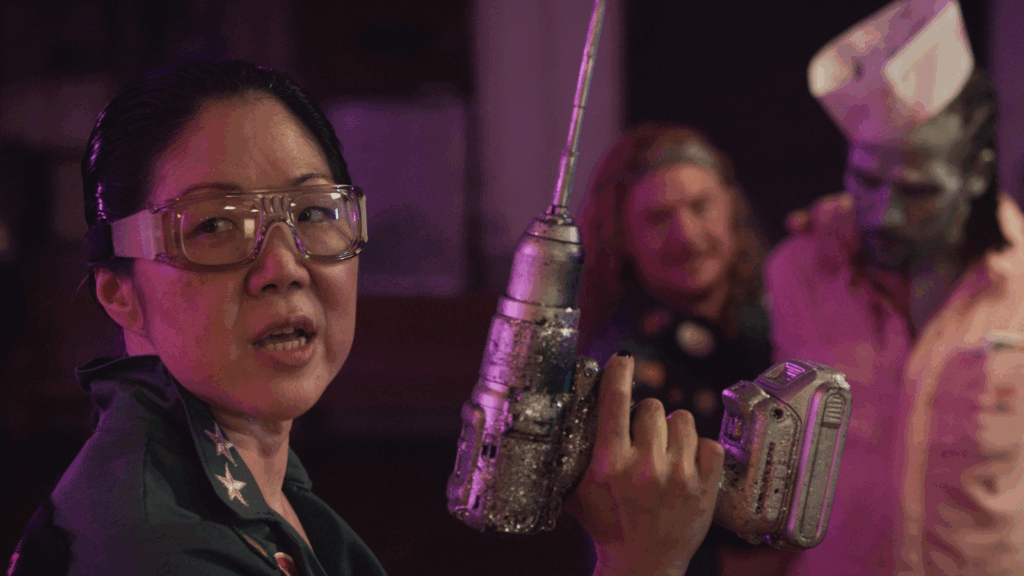
Romero has fun with the setup—the first zombie in Yum chomps at dancers during Bizarre Inc’s club song “I’m Gonna Get You,” with the pointed refrain “Why waste your time? You know you’re gonna be mine.” By this time, Queens of the Dead has expended about a third of its 101-minute runtime building a rather large cast, most of whom feel like comic relief or added flavor, as opposed to fully developed characters. For instance, there’s a trio of vaguely militant types on scooters, led by Margaret Cho’s Pops, who do little more than add to the body count. Pops’ partner, Kelsey (Jack Haven), doesn’t do much either, but their drunk and goofy presence adds a few amusing moments.
The zombies tend to feel like an afterthought, and the setup gives way to half-hearted commentaries about narcissism, drug use, and self-confidence. A recurring motif involves both club performers and the undead preoccupied with social media, whether it’s crafting new content or scrolling for information. A riotous moment finds the zombies crucially distracted by a social post from Yasmine, which almost celebrates the power of social media even while condemning its users. But unlike her father’s somewhat thematically grim films with a low view of humanity, Tina Romero isn’t overly concerned with making a social commentary that will knock the wind out of you. That’s just the medicine underneath this heaping spoonful of sugar.
The storytelling is more random and tangential here than the original zombie features. Queens of the Dead looks bright and lively, bedazzled in a palette of electric pink and blue, captured by cinematographer Shannon Madden with more colored lights than Creepshow (1982). A makeover montage where several performers attempt to dress like first responders, but instead look like flashier versions of the Village People, provides some verve. However, the practical effects expose the limited budget, if only because there’s so little viscera in the movie. Yet it all feels pleasantly scrappy, as though Romero was trying to do more than her resources allowed. That sort of ambition is infectious, and her love for her characters is palpable.
Romero seems more concerned with representing a community she loves and presenting them in a marketable horror package to ensure a broader commercial audience. If Queens of the Dead isn’t a new classic in the zombie genre, it better aligns with an LGBTQ+ comedy about fractured communities coming together and celebrating—and ultimately saving—each other. Even if I’m not entirely familiar with many of the well-known drag queens and performers in the movie, I had a lot of fun watching this, chuckling and jolting in my seat. That’s what I think Romero was after, and she succeeded.
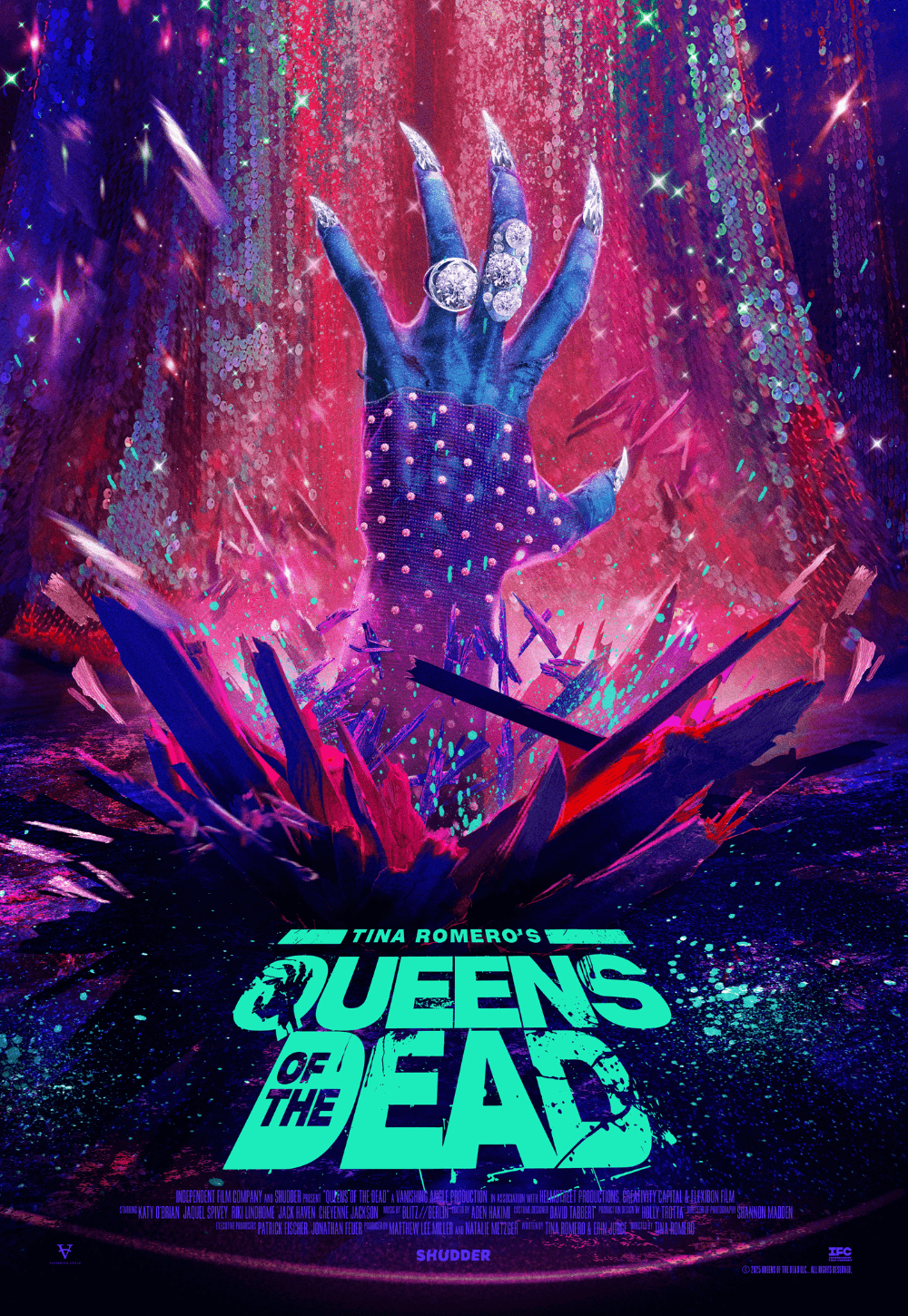
Thank You for Supporting Independent Film Criticism
Thank you for visiting Deep Focus Review. If the work on DFR has added something meaningful to your movie watching—whether it’s context, insight, or an introduction to a new movie—please consider supporting it. Your contribution helps keep this site running independently.
There are many ways to help: a one-time donation, joining DFR’s Patreon for access to exclusive writing, or showing your support in other ways. However you choose to support the site, please know that it’s appreciated.
Thank you for reading, and for making this work possible.
Brian Eggert | Critic, Founder
Deep Focus Review


